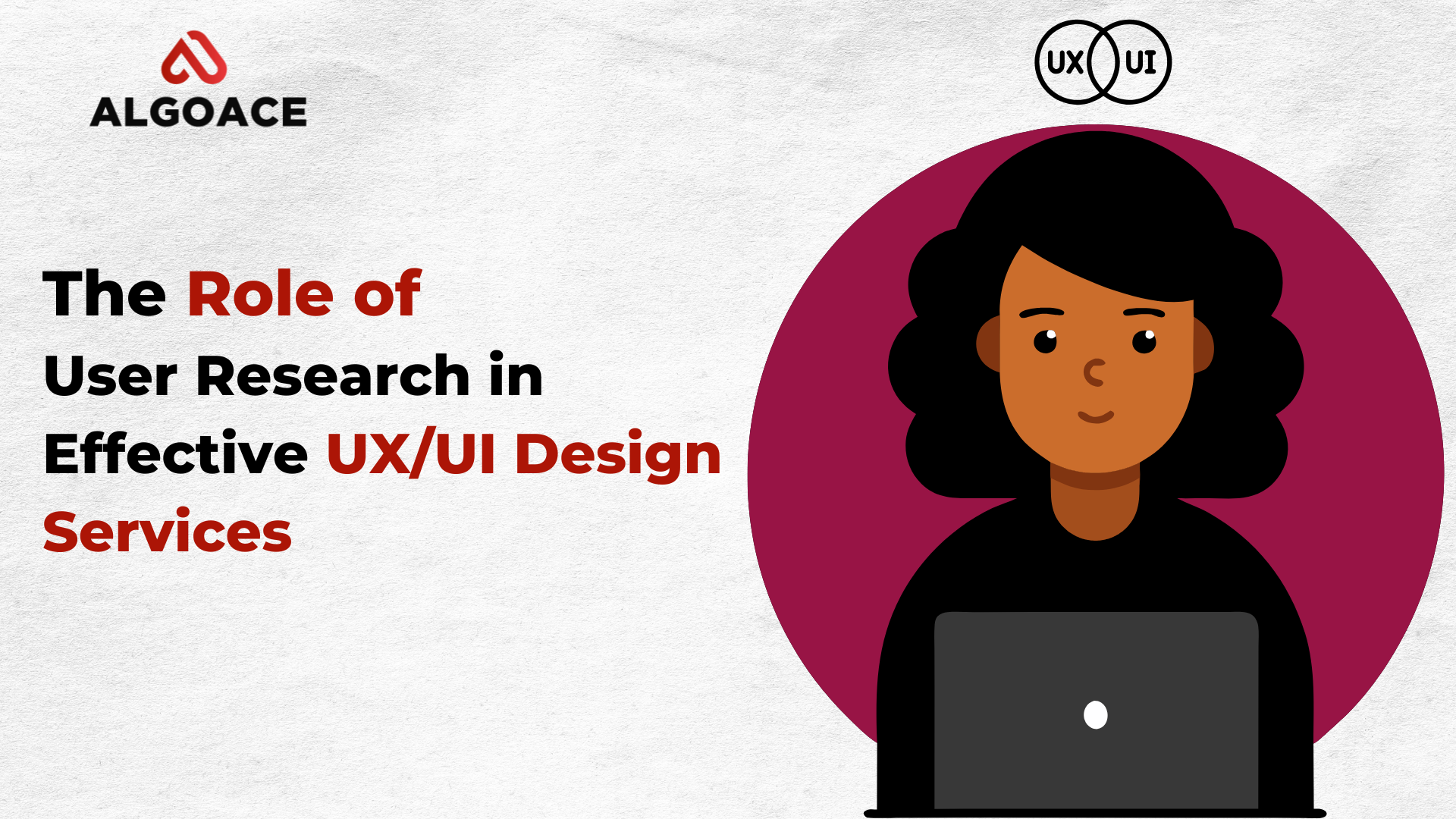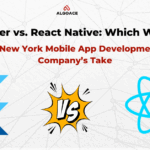
In the fast-paced digital landscape, client experience (UX) and UI (UI) design have become essential in making effective digital items. To convey powerful UX/UI design services, it is vital to comprehend the end clients’ requirements, inclinations, and ways of behaving. This understanding is accomplished through thorough client research, which shapes the underpinning of any effective design project. In this blog, we will investigate the basic job of client research in UX/UI design services and how it adds to making drawing in and intuitive digital encounters.
What is User Research?
Client research is the most common way of figuring out the ways of behaving, necessities, and inspirations of clients through different perception and criticism strategies. It envelops a scope of strategies, including interviews, reviews, convenience testing, and ethnographic examinations, to assemble bits of knowledge that illuminate the design cycle. Client research assists designers with making items that are outwardly engaging as well as practical and easy to use.
The Importance of User Research in UX/UI Design
By integrating thorough client examination into the design cycle, organizations can upgrade ease of use, fulfillment, and commitment, at last prompting more effective and significant digital encounters.
1. Informed Decision Making
Client research gives designers significant information that illuminates their design choices. Instead of depending on suppositions or individual inclinations, designers can put together their decisions with respect to genuine client experiences. This information driven approach guarantees that the design lines up with the clients’ necessities and assumptions, prompting a more powerful and fulfilling client experience.
2. Enhanced User Satisfaction
By understanding clients’ problem areas and inclinations, designers can make arrangements that address explicit client needs. This emphasis on client focused design upgrades client fulfillment and dependability. At the point when clients find an item simple to utilize and pertinent to their requirements, they are bound to draw in with it and prescribe it to other people.
3. Improved Usability
Usability is a vital part of powerful UX/UI design. Client research recognizes ease of use right off the bat in the design cycle, permitting designers to make vital changes. By directing convenience tests and assembling criticism, designers can make interfaces that are intuitive and simple to explore, lessening client dissatisfaction and improving generally speaking ease of use.
Methods of User Research
There are a few techniques for client research that designers can utilize to assemble experiences. Every technique offers extraordinary benefits and can be utilized at various phases of the design interaction.
1. Surveys and Questionnaires
Reviews and polls are powerful instruments for social occasion quantitative information from countless clients. They can be utilized to gather data on client socioeconomics, inclinations, and ways of behaving. Overviews give an expansive comprehension of the interest group and can feature normal patterns and examples.
2. Interviews
Interviews include direct cooperation with clients to assemble subjective experiences. Through one-on-one discussions, designers can dive further into clients’ encounters, inspirations, and problem areas. Interviews give rich, point by point data that can reveal basic issues and open doors for development.
3. Usability Testing
Usability testing includes noticing clients as they connect with an item or model. This technique distinguishes convenience issues and regions where clients might experience challenges. By watching clients perform assignments, designers can acquire significant experiences in how the connection point acts in true situations.
4. Ethnographic Studies
Ethnographic examinations include noticing clients right at home. This strategy gives a comprehensive perspective on clients’ ways of behaving and collaborations with the item in their regular routines. Ethnographic examinations are especially helpful for understanding the setting in which the item will be utilized and distinguishing neglected needs.
Integrating User Research into the Design Process
To amplify the advantages of client research, it ought to be incorporated into each phase of the design cycle. This is the way client exploration can be integrated into various periods of UX/UI design:
1. Discovery Phase
During the discovery stage, client research characterizes the task’s objectives and targets. By understanding the interest group, designers can make client personas that address different client portions. These personas guide the design cycle and guarantee that the eventual outcome addresses the issues, everything being equal.
2. Ideation Phase
In the ideation stage, client research illuminates conceptualizing and idea advancement. By recognizing client problem areas and inclinations, designers can produce thoughts that address explicit client needs. Client research guarantees that the ideas are applicable and significant to the main interest group.
3. Design Phase
During the design stage, client research guides the production of wireframes, models, and mockups. Convenience testing and input meetings assist with refining the design and recognize regions for development. Client research guarantees that the design is client focused and lined up with the clients’ assumptions.
4. Development Phase
In the development stage, client research keeps on assuming an imperative part. By directing ease-of-use tests on intelligent models, designers can distinguish any convenience issues before the eventual outcome is created. This iterative testing process guarantees that the item is cleaned and easy to understand.
5. Launch and Post-Launch Phase
Indeed, even after the item is sent off, client research stays significant. Post-send off client criticism recognizes any excess issues and regions for improvement. Ceaseless client research guarantees that the item advances to meet changing client needs and assumptions.
Case Study: How User Research Transformed a Software Development Company
To represent the effect of client research on UX/UI design services, we should take a gander at a contextual investigation including a product improvement organization.
The Challenge
A software development company was battling with low client commitment and high drop-off rates for their new versatile application. In spite of putting resources into an outwardly engaging design, clients were not finding the application intuitive or simple to utilize.
The Approach
The company chose to put resources into thorough client exploration to comprehend the underlying drivers of the issues. They led studies, meetings, and ease of use tests to accumulate experiences from their interest group.
The Findings
The user research revealed several critical insights:
- Complex Navigation: Users found the app’s navigation confusing and difficult to understand.
- Unclear Onboarding: New users struggled with the onboarding process, leading to high drop-off rates.
- Lack of Personalization: Users wanted more personalized features and content.
The Solution
Based on the user research findings, the company made several design changes:
- Simplified Navigation: The app’s navigation was redesigned to be more intuitive and user-friendly.
- Improved Onboarding: The onboarding process was streamlined, with clear instructions and helpful tips.
- Personalized Features: Personalized features were added to enhance user engagement and satisfaction.
The Results
The changes based on user research led to significant improvements:
- Increased Engagement: User engagement increased by 40%, as users found the app easier to navigate and use.
- Reduced Drop-Off Rates: The drop-off rates during onboarding decreased by 50%, as new users had a smoother experience.
- Higher User Satisfaction: User satisfaction scores improved, with users appreciating the personalized features.
The Role of User Research in Best Web Development
Client research isn’t just critical for UX/UI design yet in addition assumes a huge part in best web development rehearses. Understanding client needs and ways of behaving guarantees that sites are designed to give ideal client encounters. This attention on client focused design upgrades the general viability of web development projects.
Conclusion
Client research is the foundation of compelling UX/UI design services. By grasping clients’ requirements, inclinations, and ways of behaving, designers can make items that are outwardly engaging as well as practical and easy to understand. Incorporating client examination into each phase of the design cycle guarantees that the end result lives up to the clients’ assumptions and conveys a wonderful client experience.
For a software development company hoping to give the best web development services, putting resources into client research is fundamental. It empowers the making of client focused designs that improve ease of use, fulfillment, and commitment. By focusing on client research, organizations can convey digital encounters that reverberate with their interest group and drive business achievement.





0 Comments